
Secret Revealed at Last
So secret was the Interstate TDR (Torpedo Drone-R) of 1942 that it didn’t emerge until well after World War II. The 50-ft wingspan, twin-engined bomber (it carried a 2,000 lb bomb) actually saw service in the Pacific theater in September-October 1944, when 49 were sent out and returned a score of 29 hits and 13 near misses. Of the nearly 200 delivered only one complete example exists today, in the U.S. Navy Museum in Pensacola. The partial airframe of a second was revealed here at Oshkosh in the Warbirds area.

Ahead of Its Time
The drone was so secret because it carried a TV camera in the nose and a radar altimeter. It was controlled by a TV screen-equipped TBM Avenger from up to 10 miles away that could also monitor the drone’s altitude. Way ahead of its time, the TDR was optionally manned, meaning a pilot could ferry it up to 500 miles for secret deployment to theater, when it would be bombed up and its cockpit faired over. It’s tricycle landing gear would be jettisoned for its final mission.

His Own Drone
Long ago, historian Roger Keyes of DeKalb, Illinois, paid $5 for a mysterious model airplane at a local garage sale. Not until five years could did someone identify it. “That’s a TDR. It was top secret.” Keyes began investigating: the TDR was manufactured at a secret plant in DeKalb, with wooden airframe structures supplied by Wurlitzer and metal parts from the Schwinn bicycle factory. Gradually he came across some bits and pieces including landing gear and wing spars and now, 30 years later, he has a rear fuselage and cockpit canopy as well, discovered in Bloomington, Illinois. He’s here at Oshkosh hoping to turn up leads for enough remains to reconstruct a static example. “I especially want a center section,” he says.
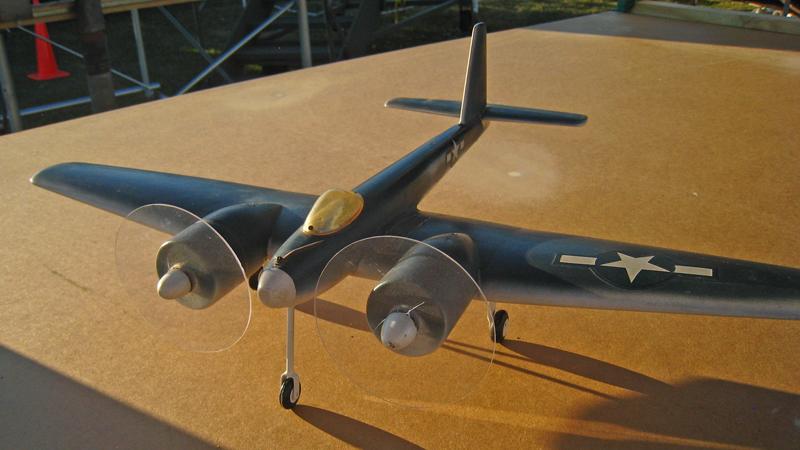
The Hunt Began Here
The model that started Roger Keyes’ quest. It’s a TDR-3, one of three prototypes with Wright R-975 radial engines instead of the TDR-1’s twin Lycoming O-435 engines of 220 horsepower each. Some TDR’s are believed to have been converted into personal sportplanes after the war, but none of those are known to survive. www.interstatetdr.com
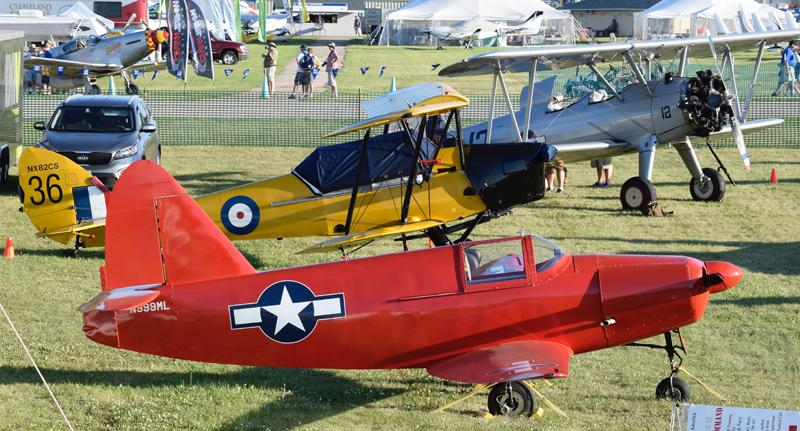
Manned to Unmanned to Manned
The Culver PQ-14 target drone began life as an unmanned modified version of the 1941 Culver LFA Cadet two-seat sporting airplane, but life-span was short as they were shot from the skies. Only a couple of dozen survived World War II and its aftermath, to be enthusiastically snapped up by sport pilots who found the undroned single-seaters had a sprightly performance. This example is owned by EAA Museum.
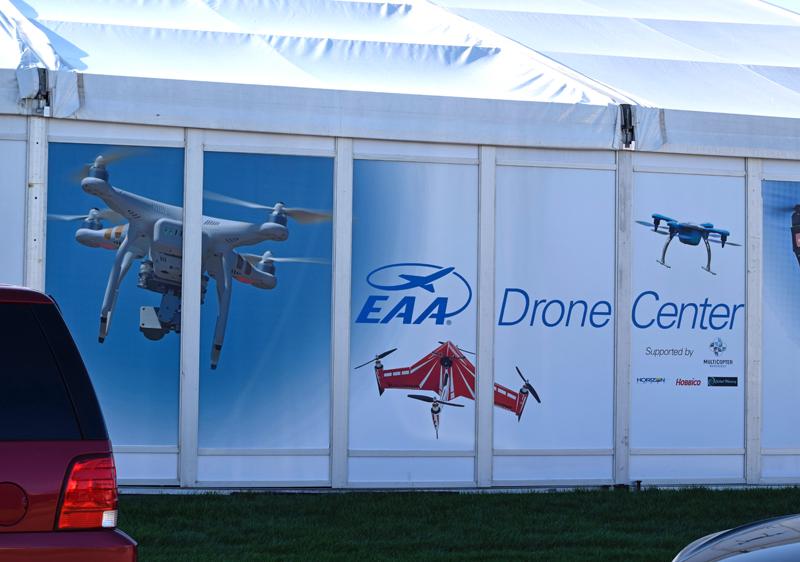
Drone Central
EAA AirVenture staged a Drone Center for the second year running, but this time it had nothing like the space, exhibitors or visitors that marked its enthusiastic start. Are drones suddenly mainstream? Is the public now so used to them (and their GoPro cameras) that it’s become ho-hum? EAA last year said it might consider a drone division but that idea no longer seems to be a talking point; indeed it’s apparent that most drone fans want a camera platform, not an aircraft, and very few of them are interested in aviation.
Unmanned, Unwatched
A lonely exhibitor in the Drone Cage demonstrates a UAV to empty bleachers.
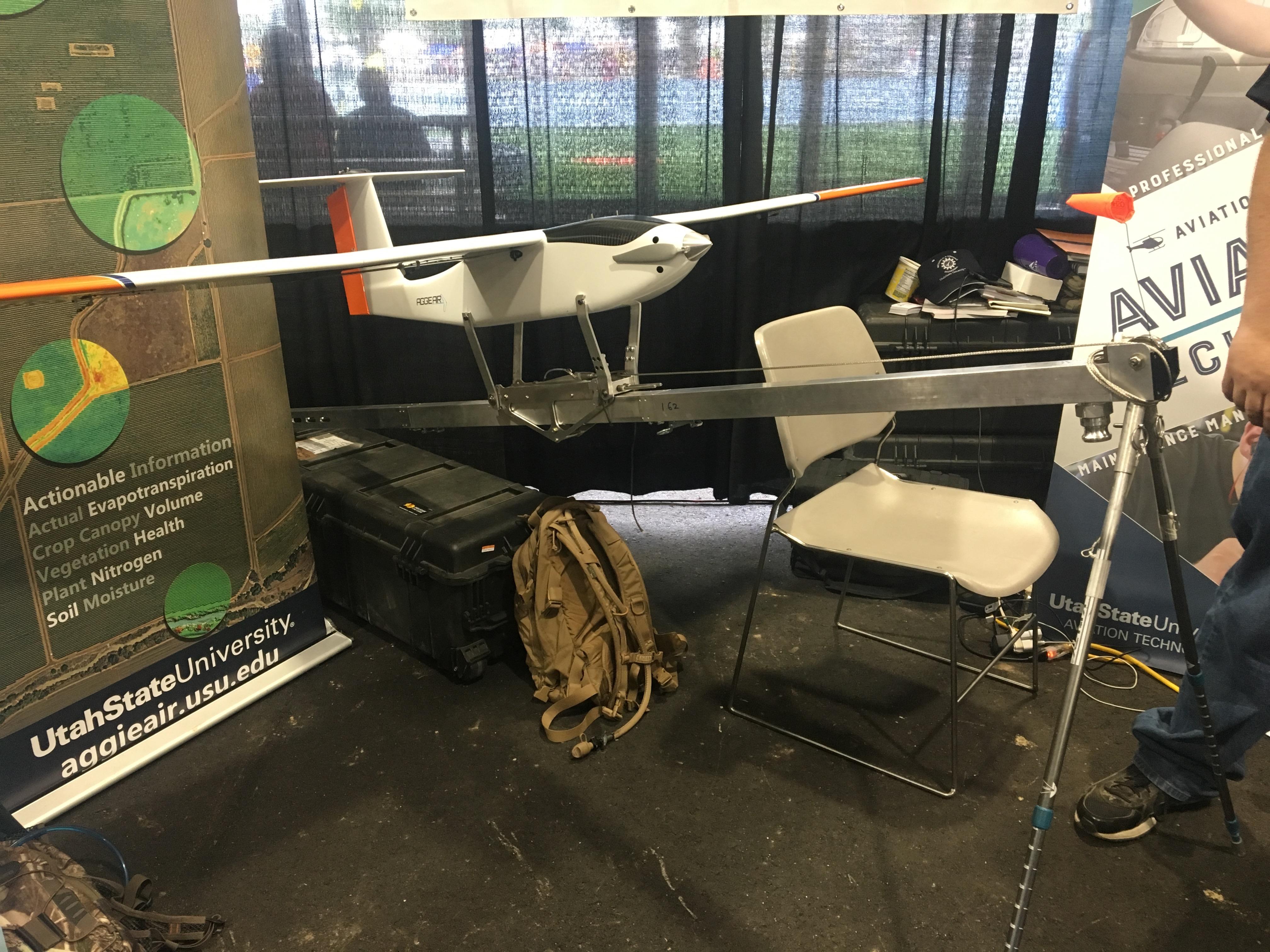
Photo credit: Jen Deglmann
Several drones for the future appeared in the Drone Center. AggieAir, a program by Utah State University, is an unmanned aerial system used to collect environmental data for scientific applications. The Minion 2.0 is primarily used for agriculture purposes, including precision agriculture, vegetation mapping to detect change over time and river mapping to monitor invasive species to track changes in the channel. The UAV takes off on an air pneumatic launcher and is designed for an organized crash landing because it typically doesn’t take off or land on a manicured runway, rather from grass and fields.
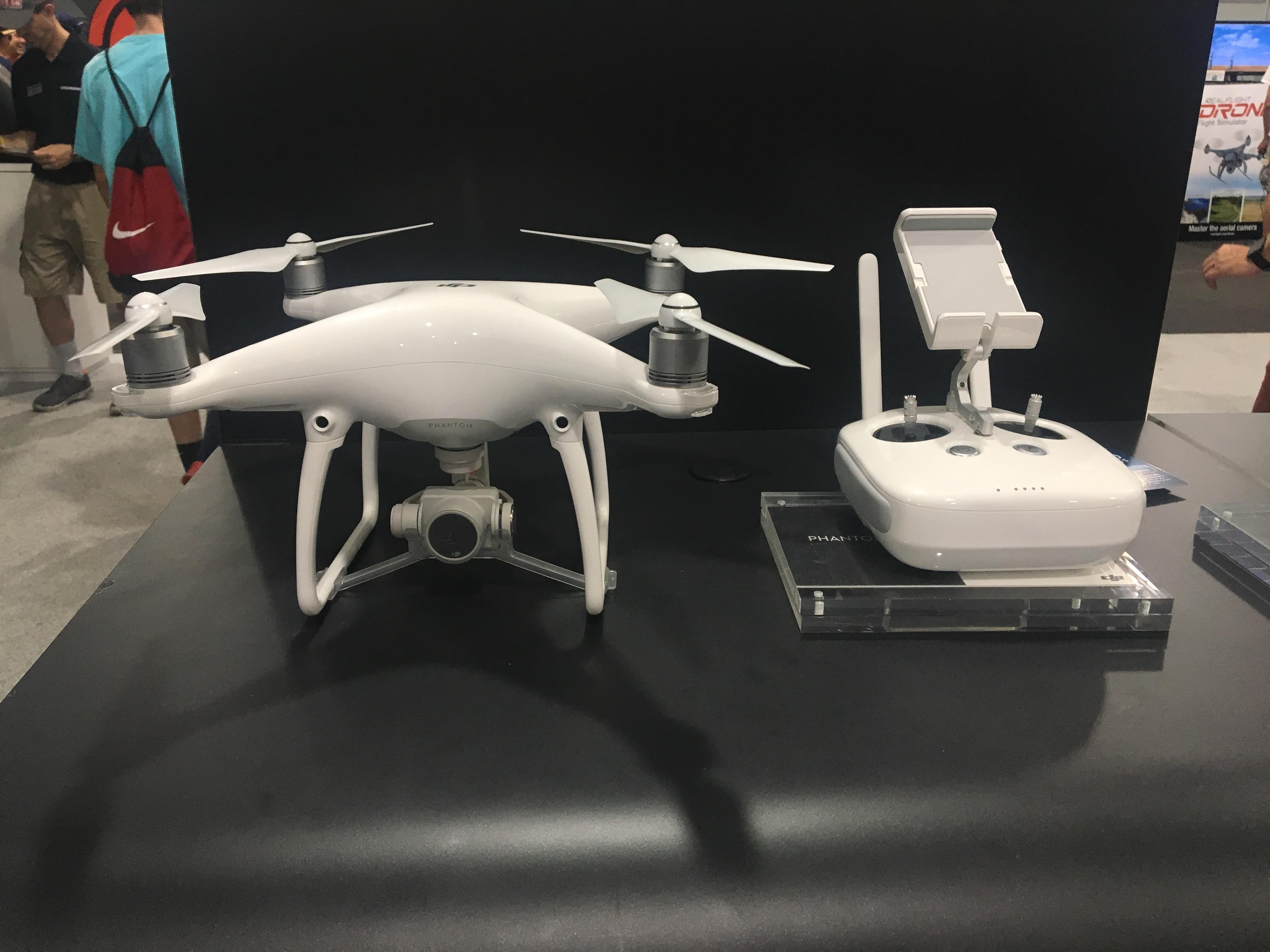
The Phantom
Using ActiveTrack, the operator can tap on the mobile device screen to select the subject, and the drone, locking in on the subject, will automatically follow it from a safe distance. The Phantom 4, by DJI, has an integrated 3-axis gimbal, can go 44mph max speed in Sports Mode and built-in GPS and autopilot. It has 25% more flight time than the Phantom 3 Professional, at 28 minutes. iOS 8.9 or later or Android 4.1.2 or later is required as operating systems for the app/live-view.
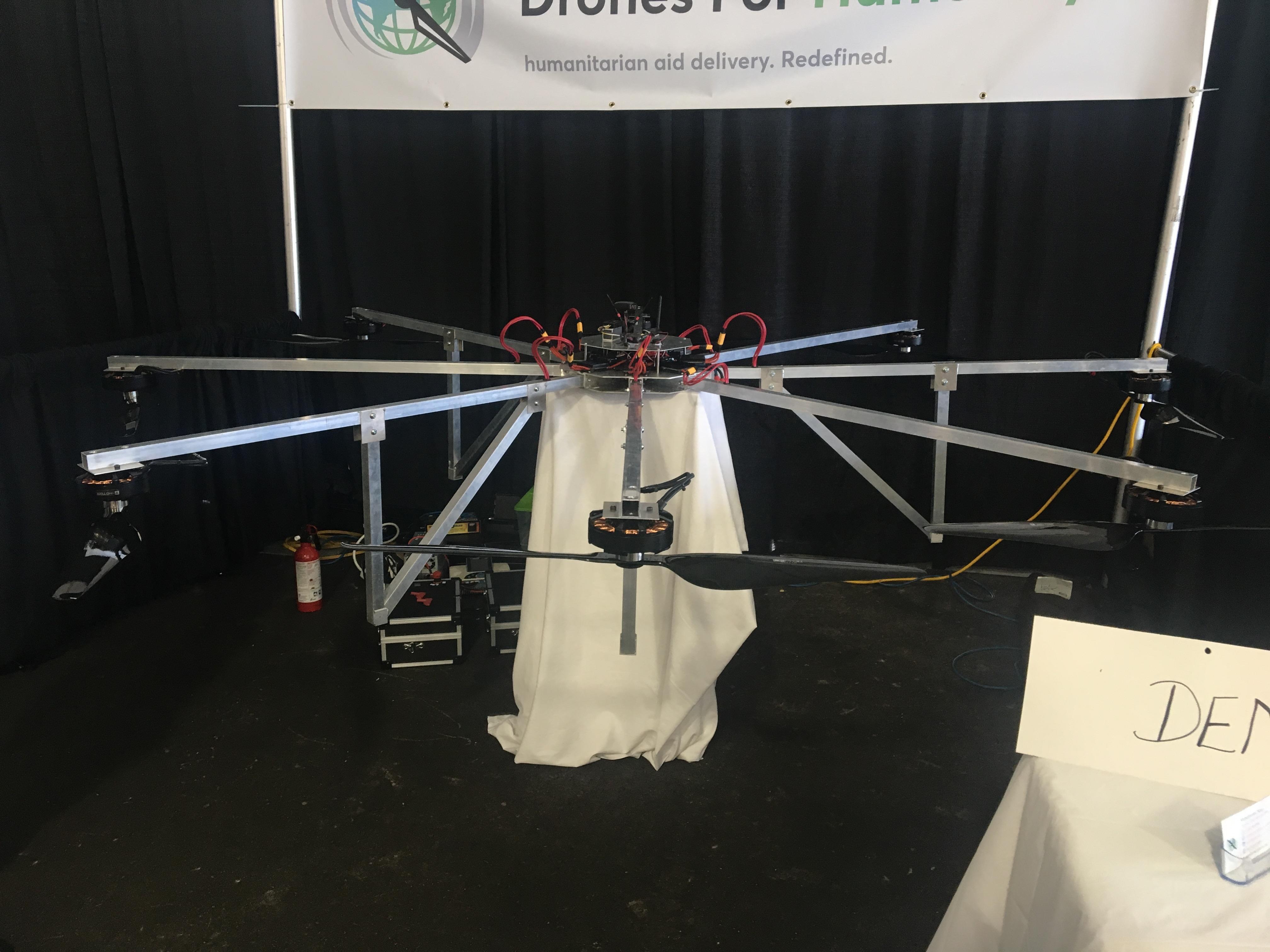
The HumanityONE
The fully autonomous HumanityONE is a drone intended for disaster relief purposes. Because of this, it’s built for safety and rugged, or less than ideal, conditions. The 8 propellers are supported by aluminum. Carbon fiber support wasn’t an option because of that material’s ability to snap. The UAV’s max payload weight is 50 lbs, capable of carrying first aid items to victims suffering during or after disaster. The third prototype, pictured here, isn’t yet legal in the U.S. , but is expected to get FAA certification in about two years. For now, it’s legal in countries like Indonesia and Canada, under some restrictions.
A top secret World War II drone was unwrapped here at Oshkosh, while drones for the future could be seen in the Drone Pavilion.
All Photos, unless stated otherwise, by Maureen Spuhler
